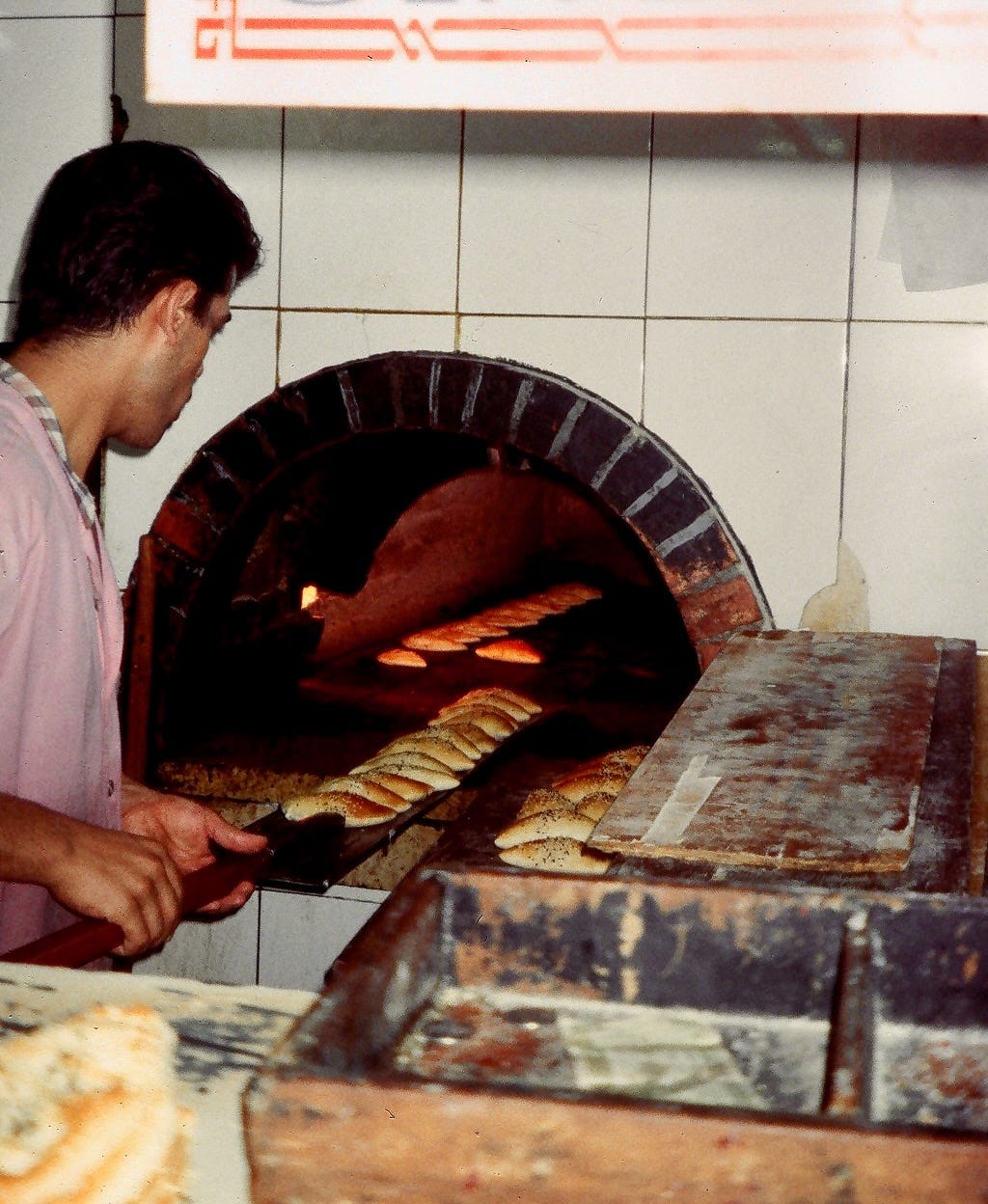Nancy Harmon Jenkins
This story is based on something I wrote for Ed Behr’s publication, The Art of Eating, several years ago. You can find the original here: https://artofeating.com/once-in-aleppo/
…
Keep reading with a 7-day free trial
Subscribe to On the Kitchen Porch to keep reading this post and get 7 days of free access to the full post archives.


